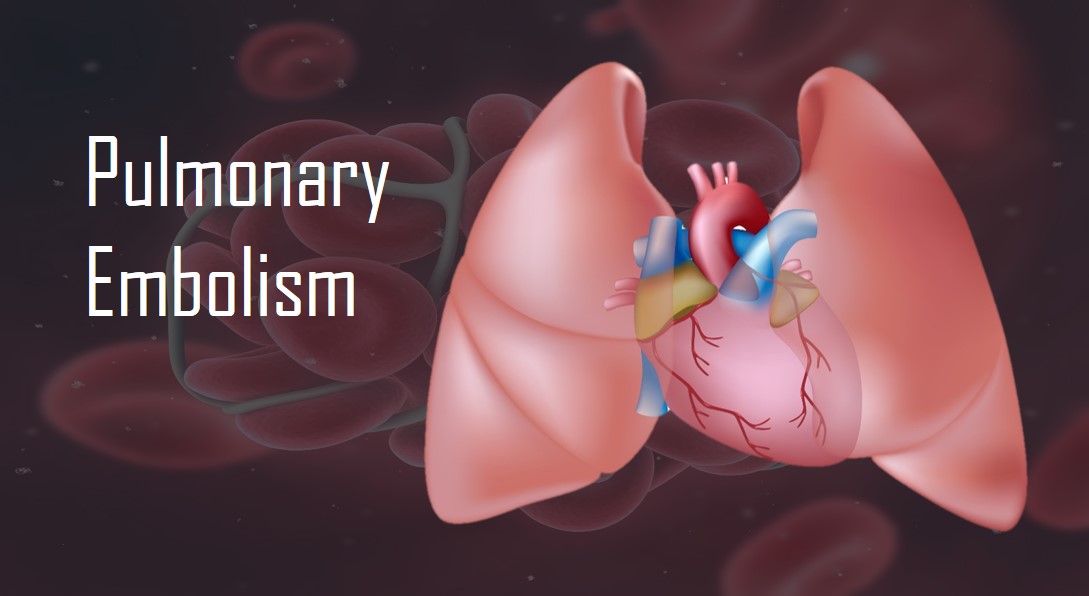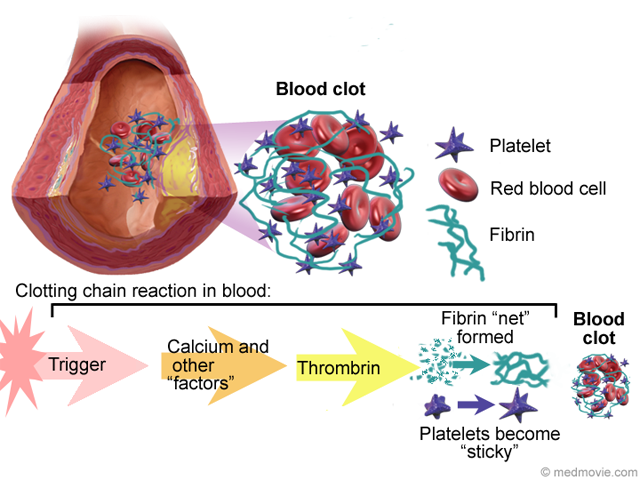How Blood Clots - Blood Disorders - MSD Manual Consumer Version

How Blood Clots - Explore from the MSD Manuals - Medical Consumer Version.
Bleeding occurs when there is a break in a blood vessel wall. Control of bleeding (hemostasis) begins when platelets in the blood become activated (change shape and develop spines) and stick to the injured area. The platelets form a mesh with blood cells, collagen, and other proteins. This mesh, strengthened by long strands of insoluble fibrin, entraps more platelets and blood cells, producing a clot that plugs the break. The clot dissolves as the blood vessel heals.
Brought to you by Merck & Co, Inc., Rahway, NJ, USA (known as MSD outside the US and Canada)—dedicated to using leading-edge science to save and improve lives around the world. Learn more about the MSD Manuals and our commitment to Global Medical Knowledge.
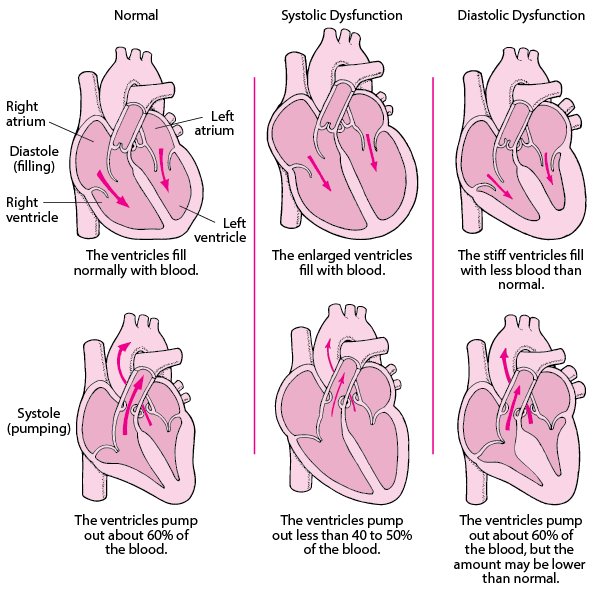
Heart Failure (HF) - Heart and Blood Vessel Disorders - MSD Manual Consumer Version

Fibrosis of The Liver - Liver and Gallbladder Disorders - MSD Manual Consumer Version, PDF, Liver
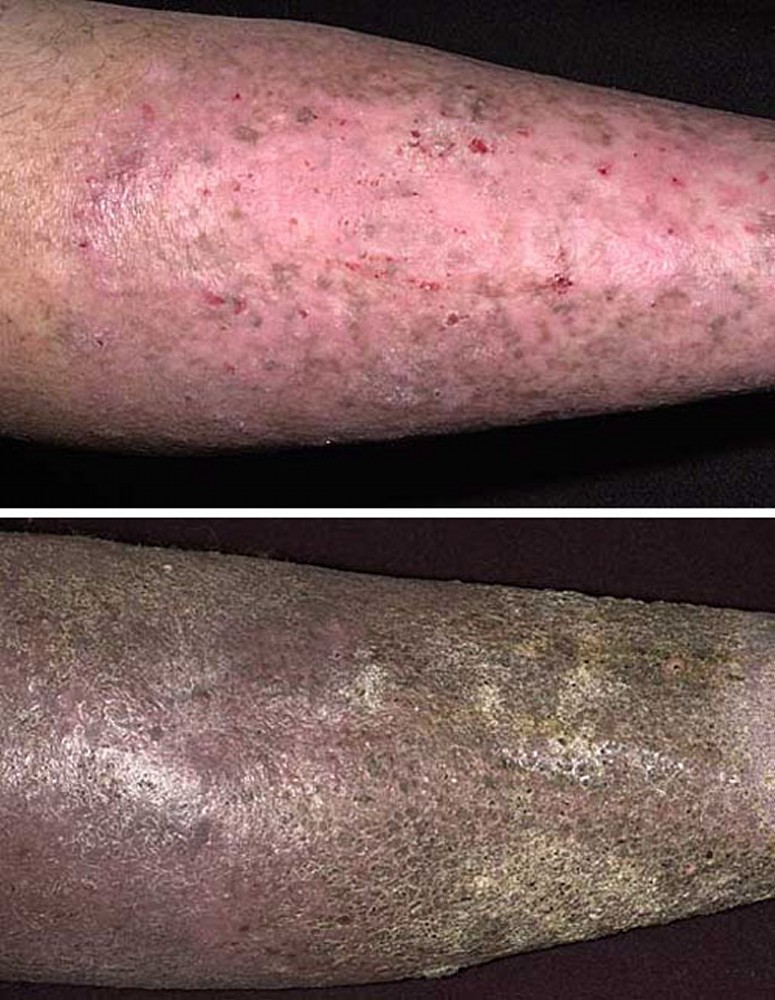
Quick Facts: Chronic Venous Insufficiency and Post-Thrombotic Syndrome - MSD Manual Consumer Version
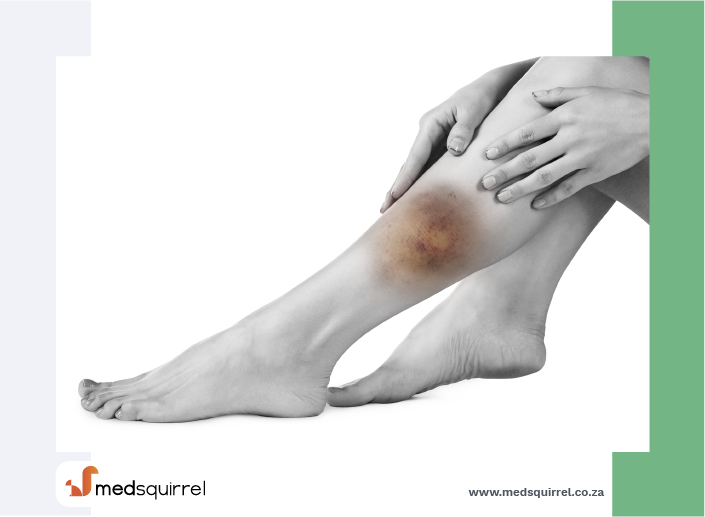
SE-BRUISING.png

Components of Blood - Blood Disorders - MSD Manual Consumer Version

Nephrotic Syndrome - Kidney and Urinary Tract Disorders - MSD Manual Consumer Version
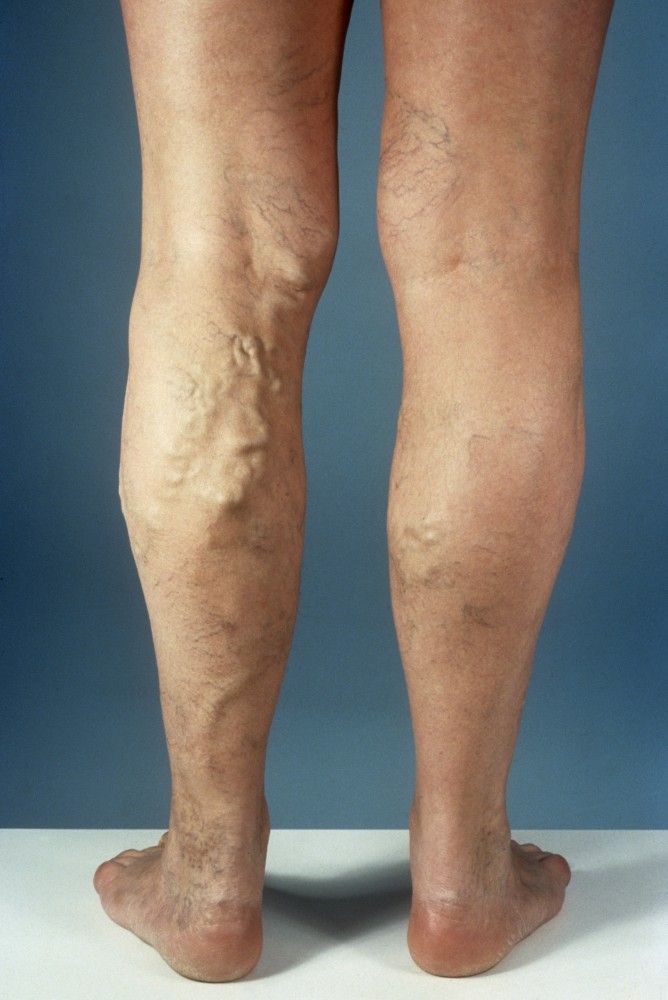
Varicose Veins - Cardiovascular Disorders - MSD Manual Professional Edition
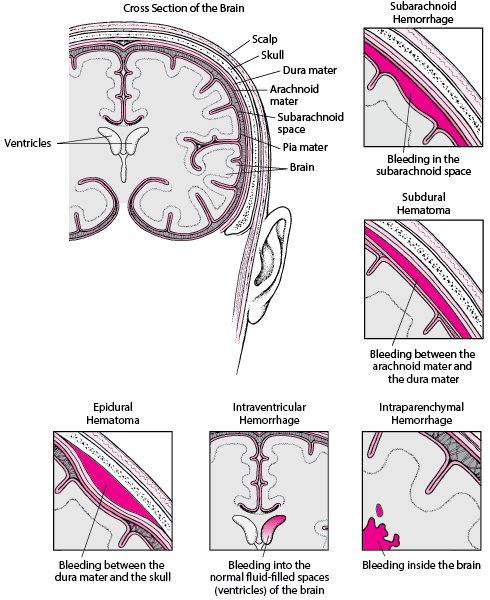
Birth Injuries in Newborns - Children's Health Issues - Merck Manuals Consumer Version

Disseminated Intravascular Coagulation (DIC) - Blood Disorders - MSD Manual Consumer Version
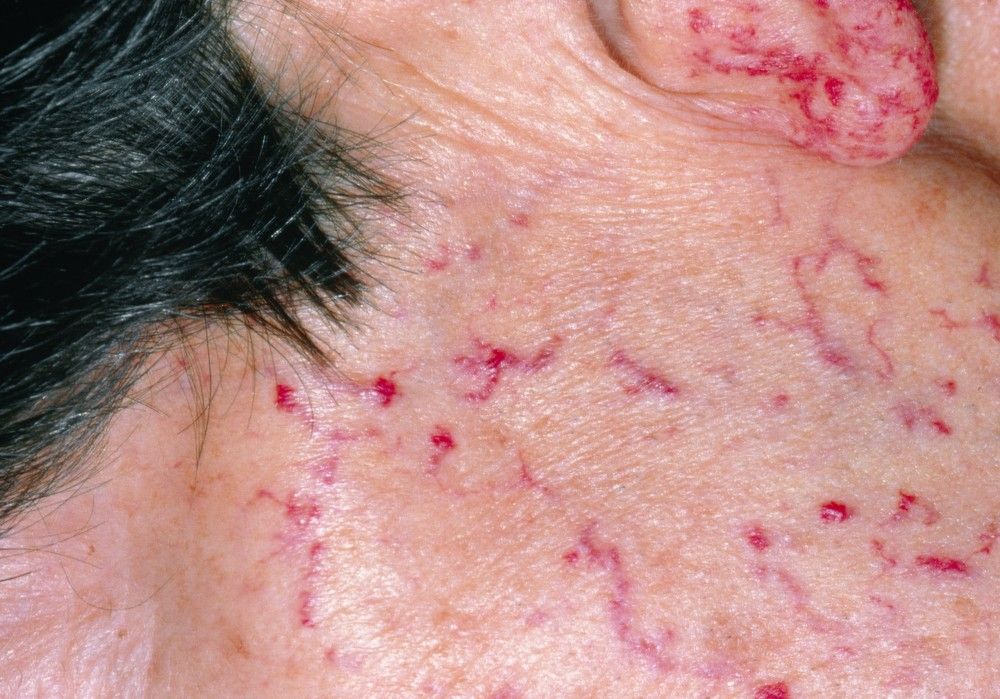
Hereditary Hemorrhagic Telangiectasia (HHT) - Blood Disorders - MSD Manual Consumer Version

Atherosclerosis - Heart and Blood Vessel Disorders - MSD Manual Consumer Version
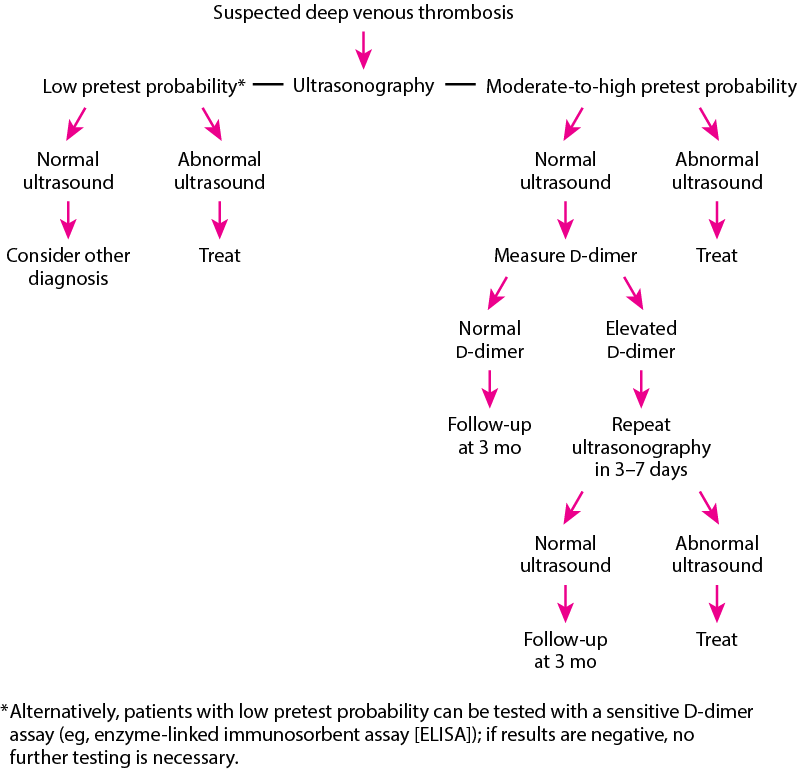
Deep Venous Thrombosis (DVT) - Cardiovascular Disorders - MSD Manual Professional Edition





